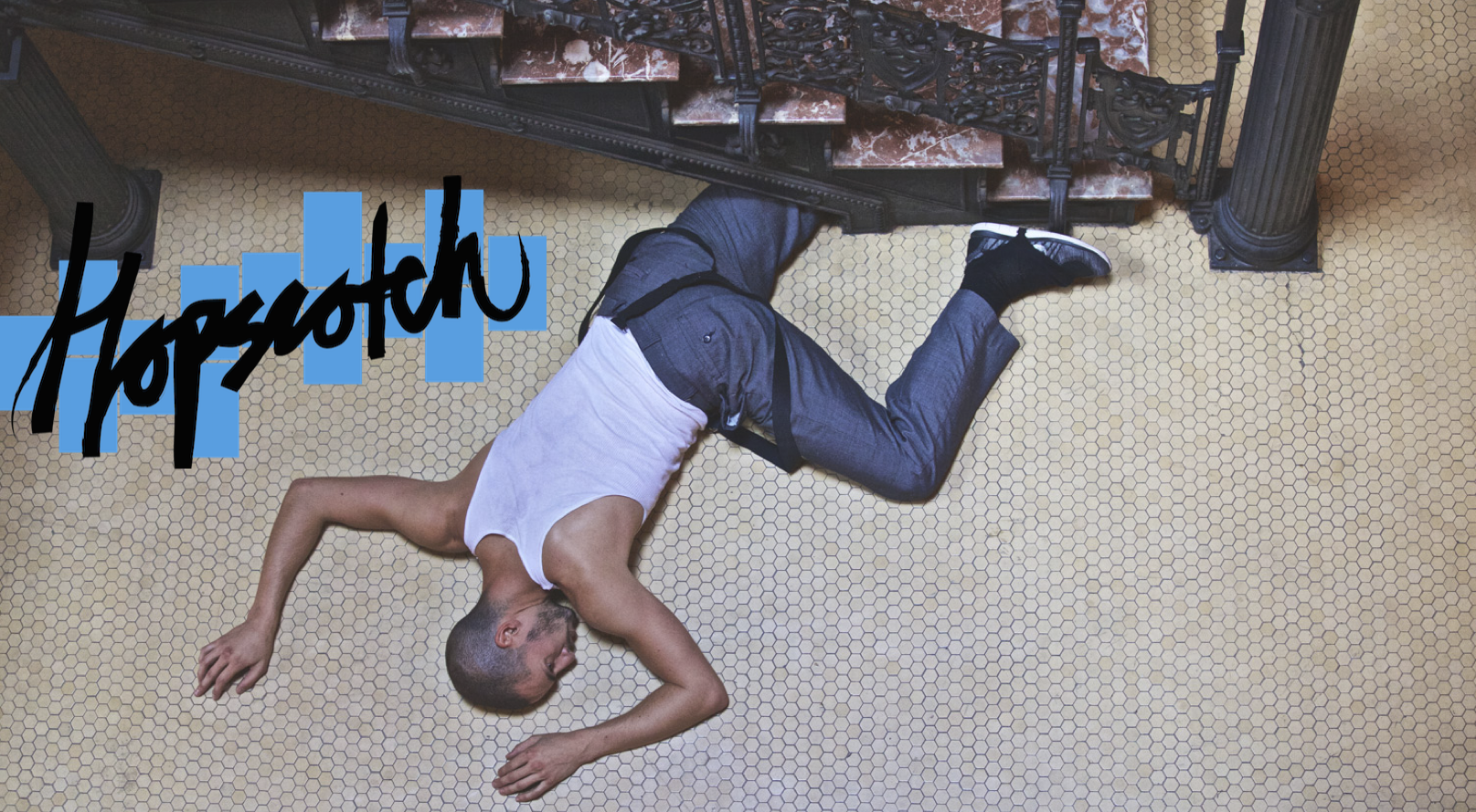
This is the final post in the Deep Media blog.
What began in 2009 as an experimental testing ground for The Art of Immersion—then a work in progress—gradually evolved into something more like journalism. By that point, with the Breakthroughs in Storytelling awards program and my Strategic Storytelling seminar at Columbia taking up more and more time, it made sense to focus my journalistic efforts on my work for The New York Times, The Wall Street Journal and other publications.
January 29, 2016
From the moment I published The Art of Immersion—what, five years ago?—I’ve been focused on the idea that digital means blurring boundaries. The industrial age was all about categorization, in media as elsewhere: You had newspapers, magazines, movies, radio, television, each with its own distinctive format and delivery mechanism. To see a movie you went to a movie theater; to listen to radio you turned on the radio; to watch television you turned on the TV set; to read a newspaper you had to pick it up from the driveway. But now, except for the movie theater (sometimes), that’s all rapidly becoming history.
So why do digital media—books, video, video games, advertising, art, journalism—still exist for the most part in their own separate universes? Not that they’d ever be the same thing, but you might expect more crossover. That was one of the questions I had in mind when I helped launch the Columbia Digital Storytelling Lab’s Breakthroughs in Storytelling awards—the Digital Dozen.
A bit of background: I’ve been involved for awhile with the Digital Storytelling Lab, which Lance Weiler founded a few years back with several other Columbia people, most notably Ira Deutchman, indie movie producer and then-chair of the film program at Columbia University School of the Arts, and David K. Park, the university’s Dean of Strategic Initiatives. We met one afternoon to discuss future projects, and a day or two later it occurred to me that while there were numerous honors and awards for different categories of digital media—the Webbies, the Cannes Lions’ Titanium awards, the Tribeca Film Festival’s Storyscapes, and so on—there was nothing that cut across those lines. So I emailed Lance and the others—including Paul Woolmington, with whom I launched the Columbia exec ed seminar in Digital Storytelling Strategy—and we quickly decided to put together a list of the past year’s breakthrough experiences in digital narrative.
There was no shortage of projects to consider. I pay pretty close attention to art, movies, and journalism, among other things. Paul—who was recently named CEO of the startup media agency Canvas Worldwide—is deep into marketing and advertising. Lance—who’s been leading his own innovative storytelling project, “Sherlock Holmes and the Internet of Things,” with lab associate and award-winning game designer Nick Fortugno—is on top of all things experimental, be they docs or books or games.
What we came up with is a cross-section of digital and digitally enhanced narratives. They rely on a wide range of technologies, from beacons to virtual reality to face-substitution software. Some take place entirely online; others exist as purely physical experiences; still others bridge the gap. And in terms of genres, they include a novel, a video game, an ad campaign, journalism, apps, artworks, even an opera. In that sense, one of the key breakthroughs was, literally, breaking through.
Here’s the list (in alphabetical order). For a fuller description of the projects, please visit the Digital Dozen website. And we are planning to make this an annual event—so if you have any thoughts on this or any suggestions for next year’s list, please let me know in the comments section below.
Absolut Silverpoint, an app-based advertising campaign for Absolut Vodka that for two weeks in London combined game, story, immersive theater, and (for some) a free drink.
The Deeper They Bury Me: A Call from Herman Wallace, an online documentary in the form of a phone call from a man who spent 40 years in solitary.
The Displaced, a virtual reality experience that introduced readers of The New York Times Magazine to three of the 30,000 children who are among the world’s refugees.
Door into the Dark, a physically immersive experience that uses digital technology to encourage people to think about what it means to be lost.
Freedom, an art installation that employs video and life-sized Teletubby statues in SWAT team gear to provide a caustic commentary on police violence, personal data, and political dysfunction.
The Hopscotch Opera, an opera performed in private limousines and in iconic locations in and around downtown Los Angeles, with scenes presented seemingly at random.
Karen, an app from a “life coach” who starts off professionally enough but quickly veers into inappropriate territory.
Life Is Strange, a video game about a high-school girl who discovers she can rewind time—a useful gift that at a certain point turns unexpectedly problematic.
Mukto-Mona, an online community for Bengali free-thinkers and secularists that lost its founder, its founder’s book publisher, and two of its bloggers to machete-wielding Islamic fundamentalists in Bangladesh last year.
Network Effect: Human Life on the Internet, an online video experience that portrays Internet existence as frenetic and obsessive and suggests we periodically disconnect.
The Pickle Index, a comic novel told in three forms: a paperback book, a lavishly illustrated two-volume hardcover, and a mobile app that thrusts the reader into the world of the story.
This Is the Story of One Block in Bed-Stuy, Brooklyn, a New York magazine cover story about urban gentrification that appears online in its true form—as a nonlinear series of linked narratives and data visualizations.

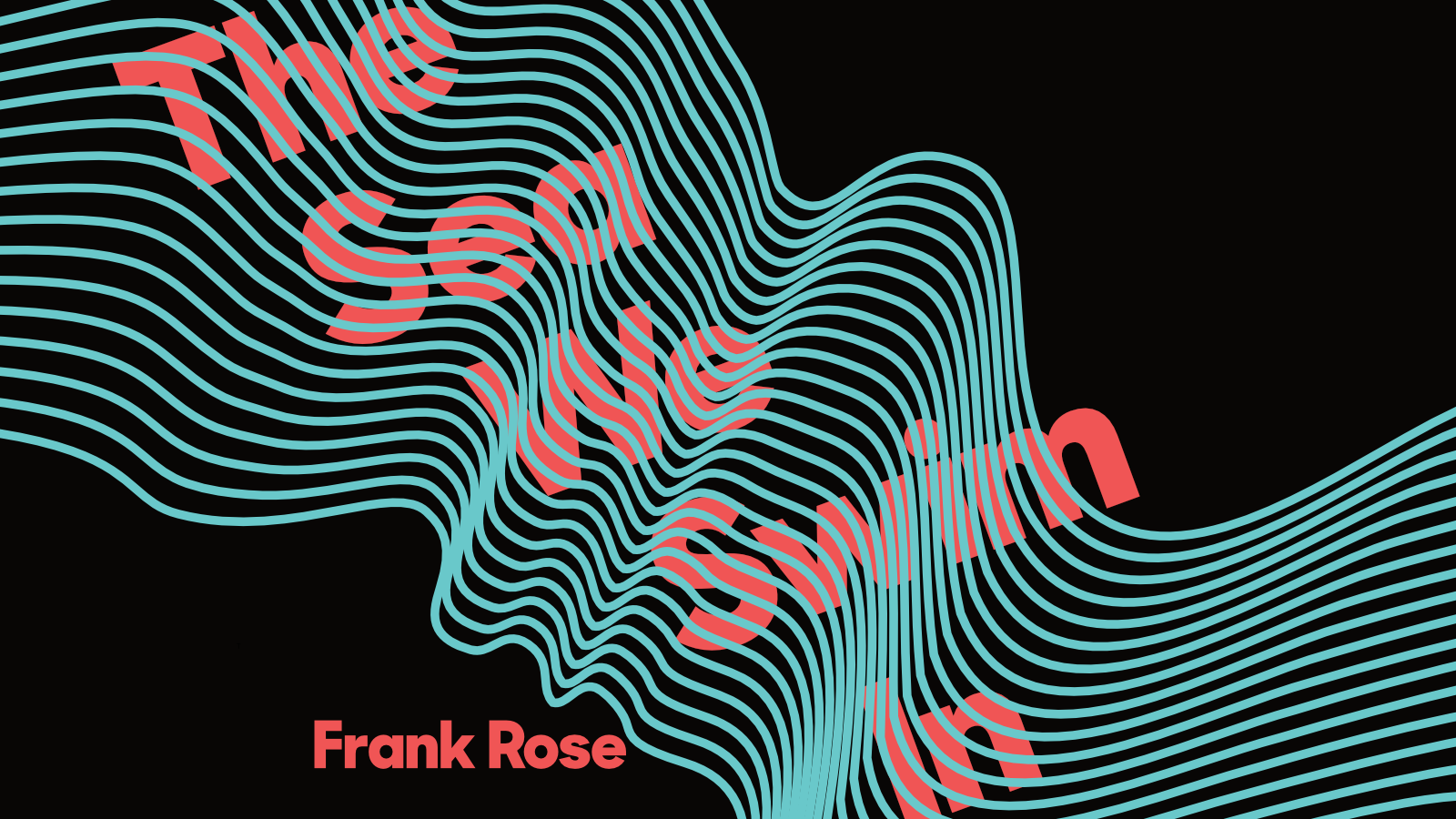





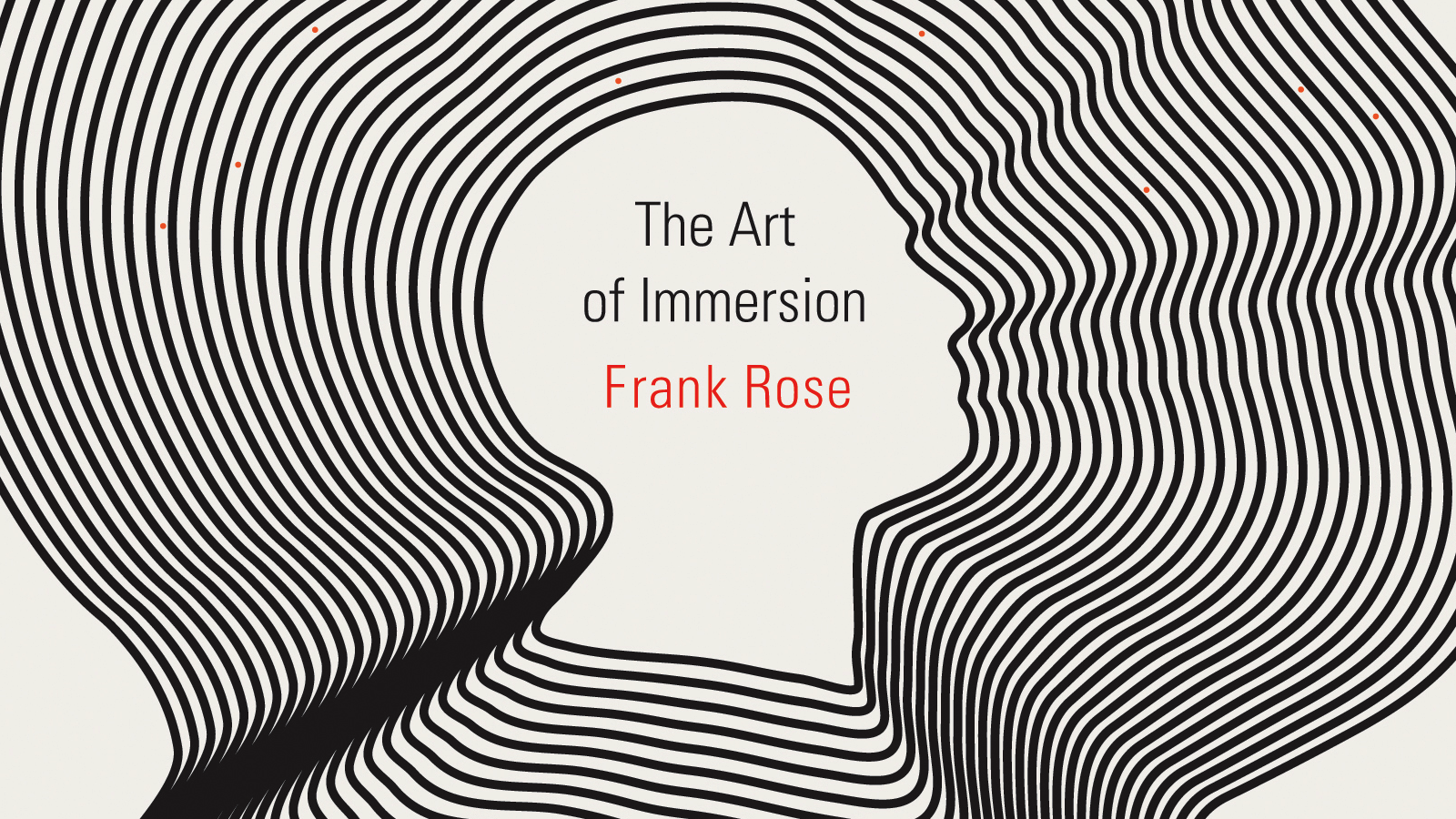

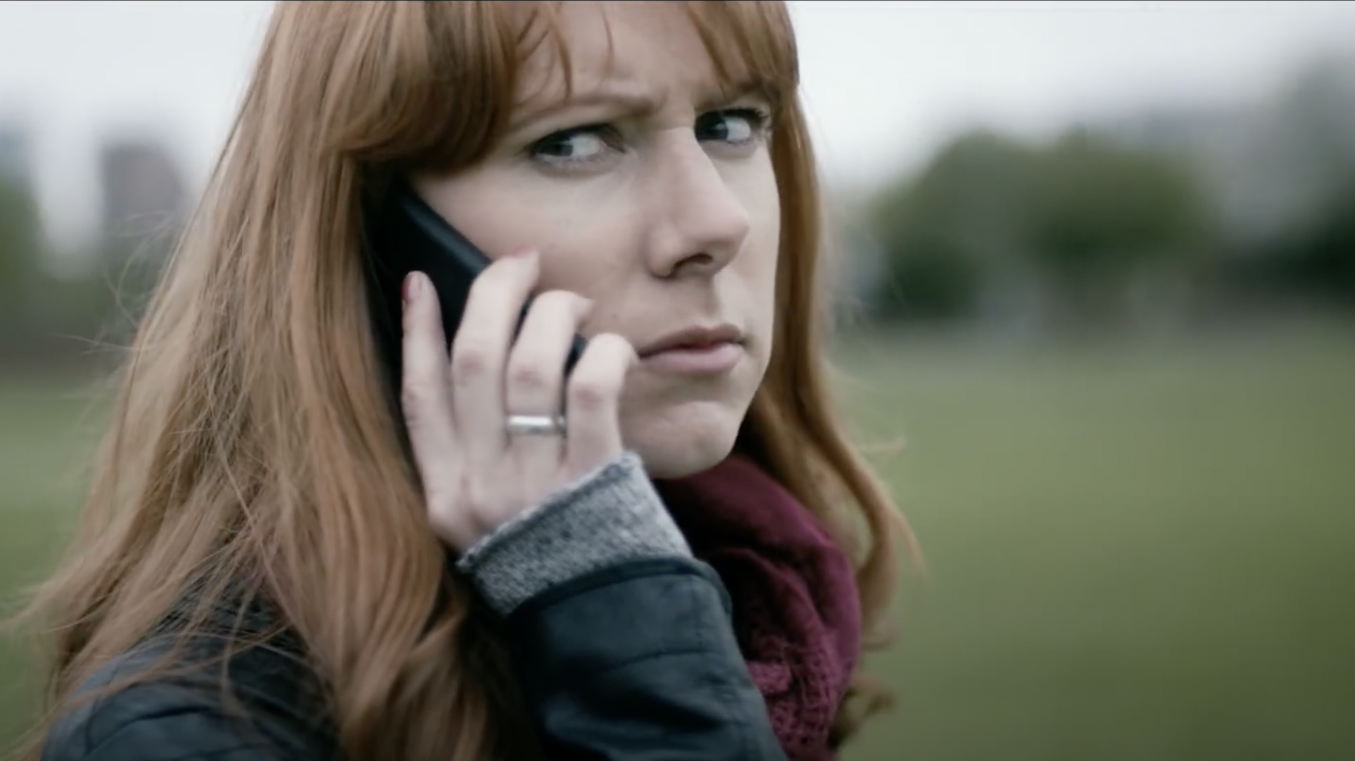
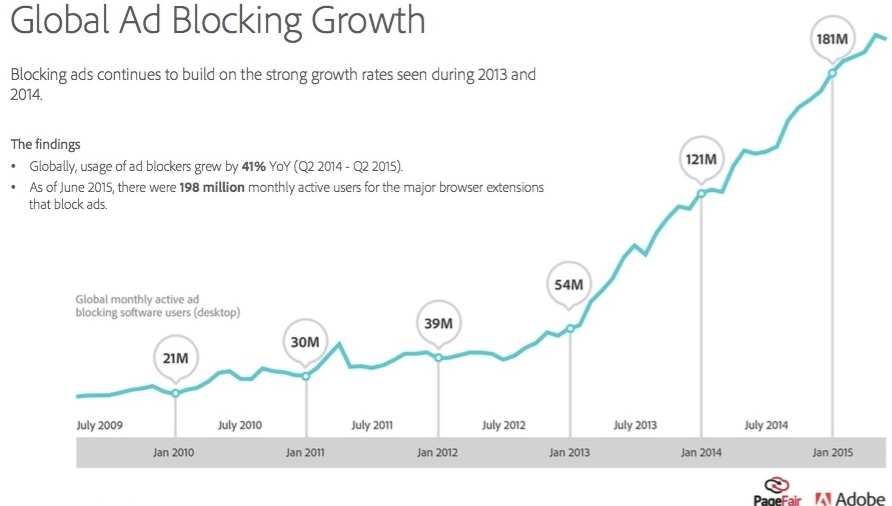
Comments
Comments are closed here.